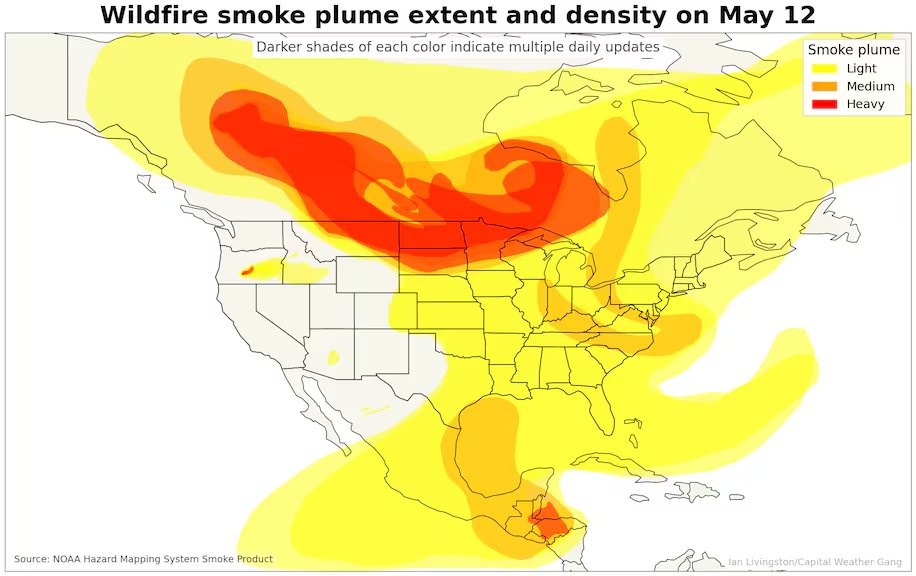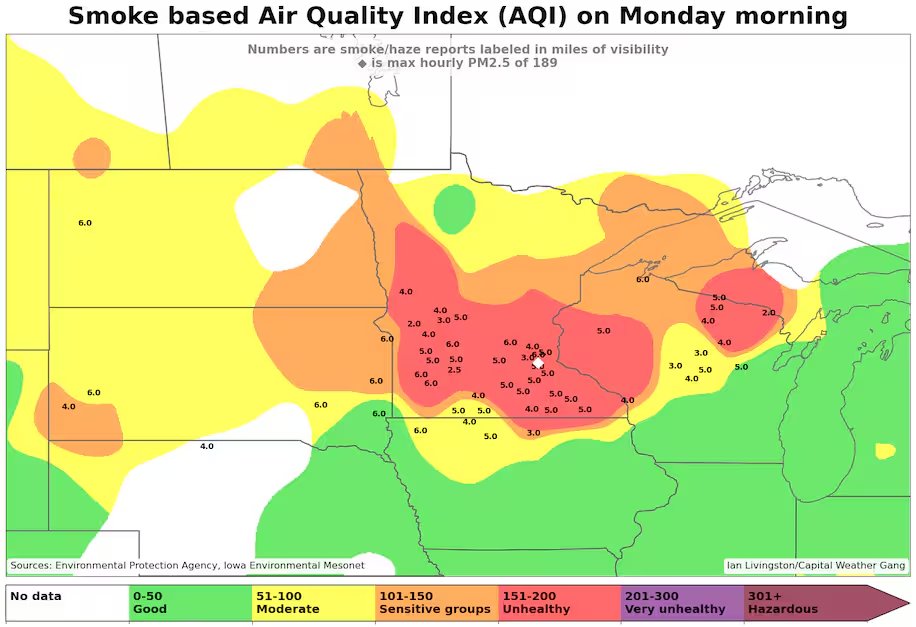Extreme cold East/warm West jet stream pattern to set up next week. Core of the cold to initially focus west of the Appalachians but should make it to East Coast in 7 to 9 days. wapo.st/3cuDgmG (1/x)
Pattern is EXACTLY the opposite of what we had last year when eastern US set dozens of all-time October heat records, including DC which was 98F. NWS calling for moderate to high risk of much below normal temps Oct 1-7 this year. (2/x) 

If you love fall, colors are already starting to pop in the mountains of New England & northern parts of Upper Midwest and this cool weather will bring them out farther south and at lower elevations. (Map from smokymountains.com) (3/x) 

How long will the cold East/hot West pattern last? Models are mixed but generally suggest it should break down by mid-October...the sooner the better to tame wildfire prospects in the West, which this pattern unfortunately exacerbates. (4/4)
• • •
Missing some Tweet in this thread? You can try to
force a refresh



















